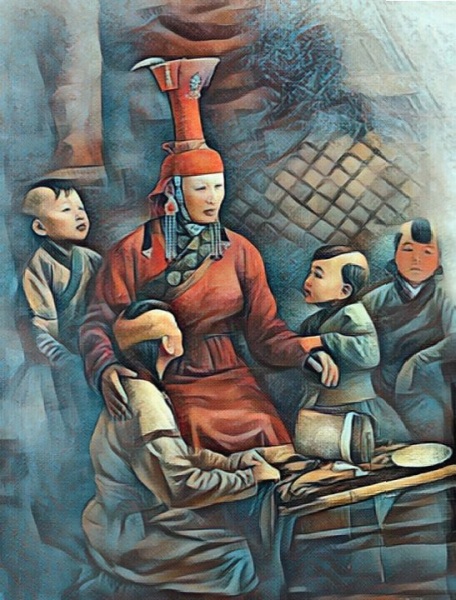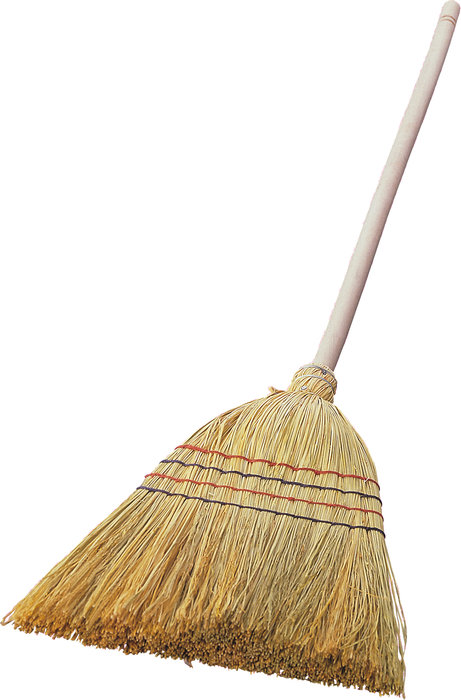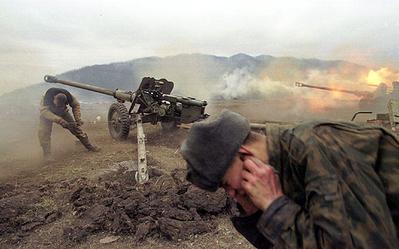The past several weeks there’s been an internet meme going around about how often a woman’s boyfriend, or men in general, thinks about the Roman Empire. This segues well into a topic I was planning to blog about, which was a case of a gladiator committing suicide via an unsavory tool. The meme has peaked and is probably fizzled out by this point, but as usual it takes me a bit to get blogging these days. Here are my thoughts on the Roman Empire, in particular in relation to a peculiar and perhaps darkly humorous incident.
Continue readingCategory: History
Content warning: This post discusses enslavement, sexual assault, and racism.
Every July 4 the United States celebrates its annual national day. On July 4, 1776, the Thirteen Colonies of the United States formally declared their independence from Great Britain. These famous words by Thomas Jefferson (borrowing heavily from the 1581 Dutch Declaration of Independence, the Act of Abjuration) have inspired millions: “We hold these truths to be self-evident, that all men are created equal, that they are endowed by their Creator with certain unalienable Rights, that among these are Life, Liberty and the pursuit of Happiness.”1
Continue readingThe Mongols are a people originating from what is now Mongolia, northern China, and parts of Russia. They are most famous for their namesake Empire founded in 1206 CE by Chinggis Khan (often called Genghis Khan), and the destruction and murder wrought by that Empire.

Hoelun, the mother of Chinggis Khan and wife of Yesügei.
Here are some historical facts about the Mongols that I find interesting and that I hope you will find interesting as well:
A bit ago I posted the article “The Birthday of Free Government?” in which I briefly summarized how the Declaration of Independence helped popularize the ideas of democracy, constitutional restraint, and limited government. Indeed, these ideas of freedom have spread globally. However – that freedom has not been, and still is not, implemented equally even in my own country. I referenced this in the previous article, and I want to unpack that more. I had suspected that I glossed over the deeply problematic references to slavery and indigenous people, and feedback from a friend as well as consultation of a couple articles confirmed this. So let me unpack this.
245 years ago, some British men in colonial North America formally declared that they no longer wished to be tied to Britain but rather stand on their own as a separate and equally sovereign power. For over a century, new ideas about limited government, government ruled by the people, and government constrained by constitutions had developed on both sides of the Atlantic. For example, in the Five (and later Six) Nations of the Haudenosaunee in Eastern North America; in Ireland, Scotland, England, and Wales in the British Isles in Europe; and in the Polish-Lithuanian Commonwealth in Central and Eastern Europe. With the United States Declaration of Independence, these ideas took on even greater power and effected global change. People and countries all over the world aspire now to be “free.” Below you can follow the link to a transcription of the Declaration. I don’t agree with all of what was said, especially the derogatory reference to indigenous people (some of whom were the source to much of the revolutionary spirit in the first place) and the complaint about Britain instigating slave rebellions (a hypocritical complaint given that the United States was rebelling against a government that it believed was oppressive). Yet the impact of this document cannot be denied, and since its creation and announced people the world over have striven and fought for better and more consistent implementation of the ideas it espouses. Happy Fourth of July to my US readers!
Exactly 500 years ago – on October 31st, 1517, a monk named Martin Luther changed the world. Concerned about the serious errors he that he believed were being taught by the Roman Catholic Church, he wrote down a list of 95 problems that he believed needed change, and (depending on the historian you talked to) either nailed them to the door of the All Saints Church in Wittenberg, or else mailed them from Wittenberg to the archbishop of Mainz. Whichever way it happened, that event is how all the turmoil started.
I am studying at Brandenburg University of Technology, and my blog has been silent for a few months while I adjust to my studies. But I wanted to write something for this special time, the 500th year since Luther started the Protestant Reformation. But what is the Protestant Reformation? What happened 500 years ago that was so special? What is so important about this list that Martin Luther made? Today, as I travel out to Lutherstadt Wittenberg, the birthplace of this theological revolution, this post will upload and you can learn the basics of just what makes that day so remarkable.

A hamburger sandwich. Photo by Len Rizzi, public domain in the US. Uploaded to Wikimedia Commons by User:VulcanOfWalden.
It is now a truly international phenomenon: Millions of people throw down patties of ground beef on a grill, cook to order, and slide the meat onto buns to make a sandwich. And the popularity of the hamburger shows no sign of dying out any time soon. But what is the history of this favorite sandwich? Where did it come from?
You see it every day at home, every day at work. It is a commonplace tool, so commonplace that I usually do not give it much thought, yet it is nearly indispensable. It is the broom. A great deal of ingenuity and effort went into the creation of this important tool. Today, we will learn a brief history of its development.

The standard flat broom. Sleek and efficient when compared to its predecessors. Source: Wikimedia Commons. Uploaded by User:Mauzile. CC BY-SA 4.0.
In the final part to my series on Russian colonialism, I looked at the the Russian efforts to colonize the Caucasus. In that discussion, I mentioned the country of Georgia. That mention led me to write about today’s topic: The medieval-era Kingdom of Georgia.

Tamar of Georgia. 12th/13th century mural by an unknown artist. Public domain, uploaded to Wikimedia Commons by User:Kober.
In August 2008, I remember watching on the news the story of how the Russian Federation launched a massive invasion of the bordering nation of Georgia, in order to aid separatists in the then-Georgian regions of South Ossetia and Abkhazia.The war was short, only five days, but ended decisively in Russia’s favor. This war was part of a larger, ongoing conflict in the Caucasus, one that has been going on for over 200 years. Today is the final article in my series on Russian colonialism. It will examine Russian colonization of the Caucasus, the underlying cause of the centuries-old conflict.

Russian artillery shelling Chechen positions near the village of Duba-Yurt during the Second Chechen War, January 2000. Source: Photographer.ru, uploaded to the English Wikipedia by User:PeterPredator. This is a copyrighted image used under US fair usage guidelines.
